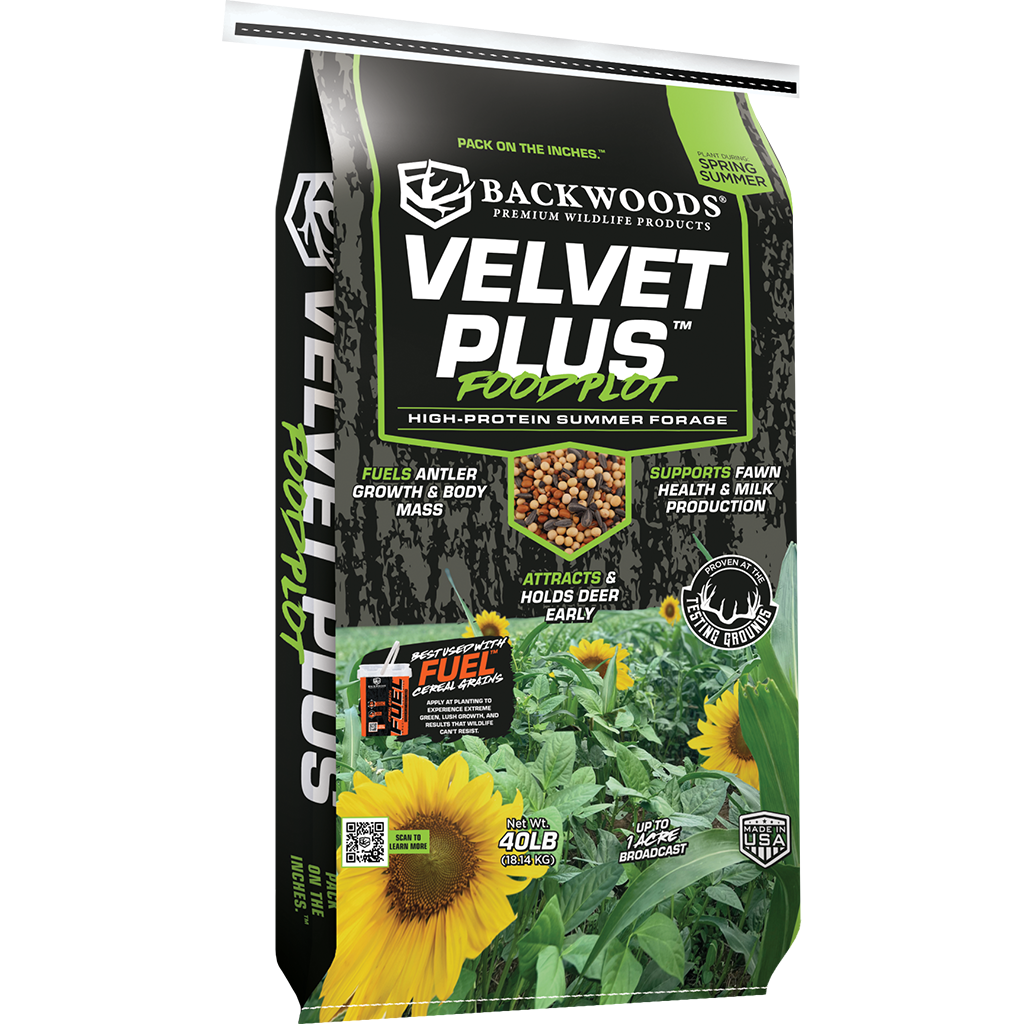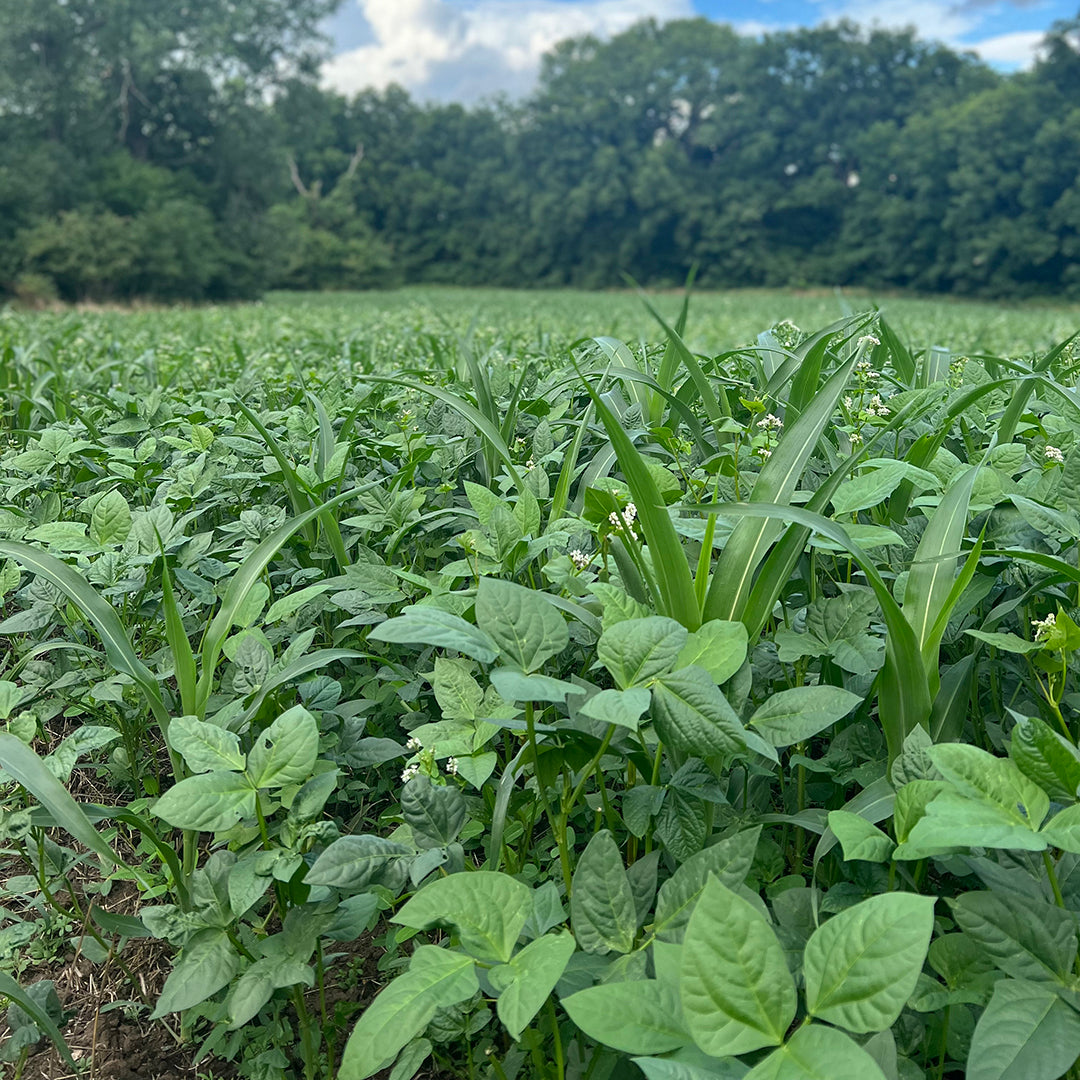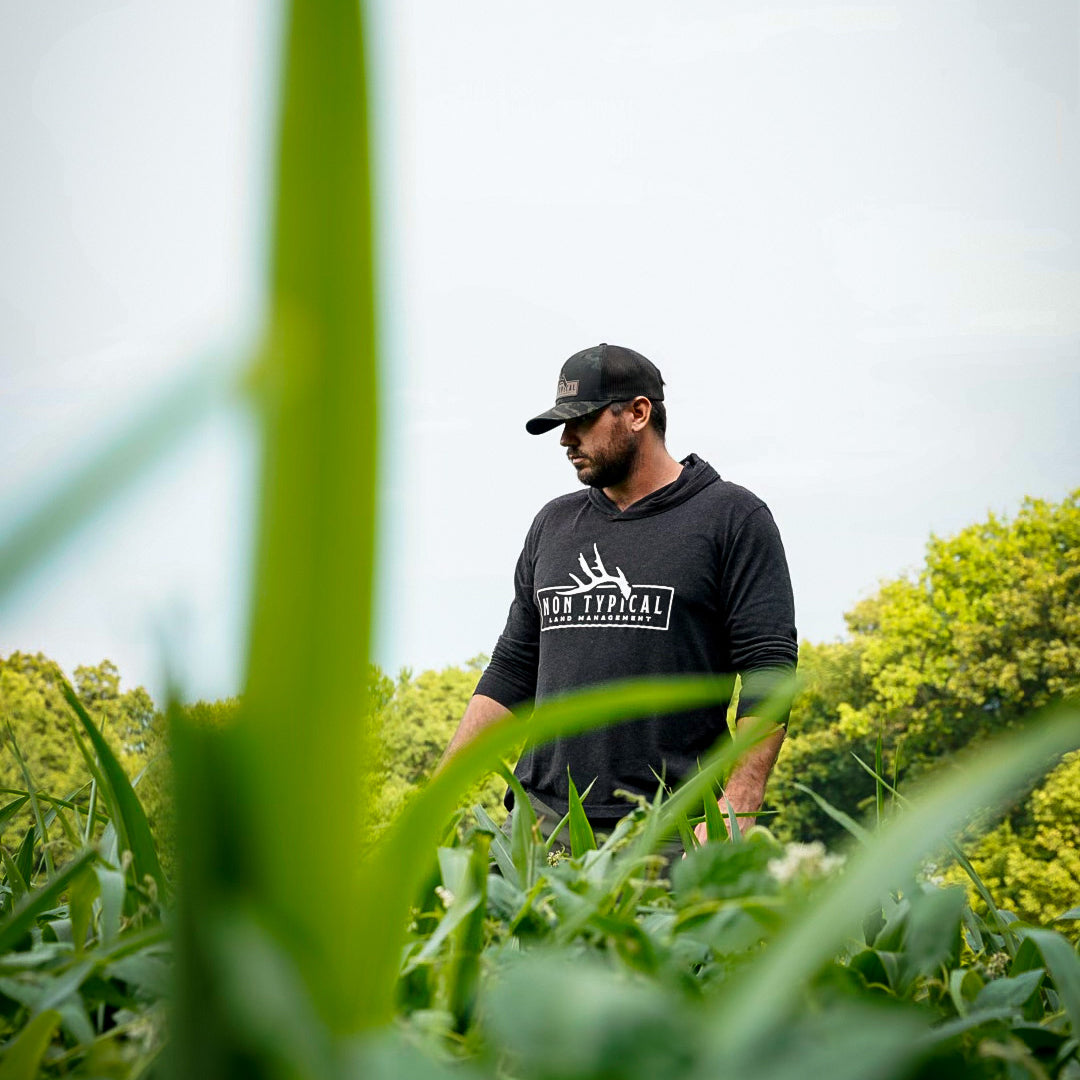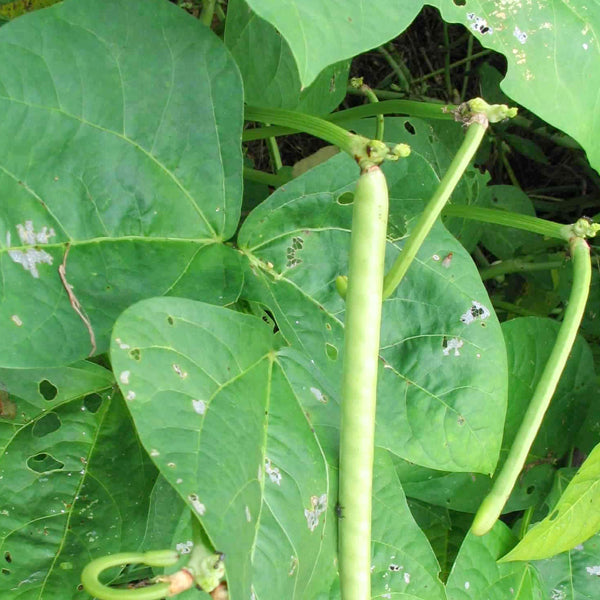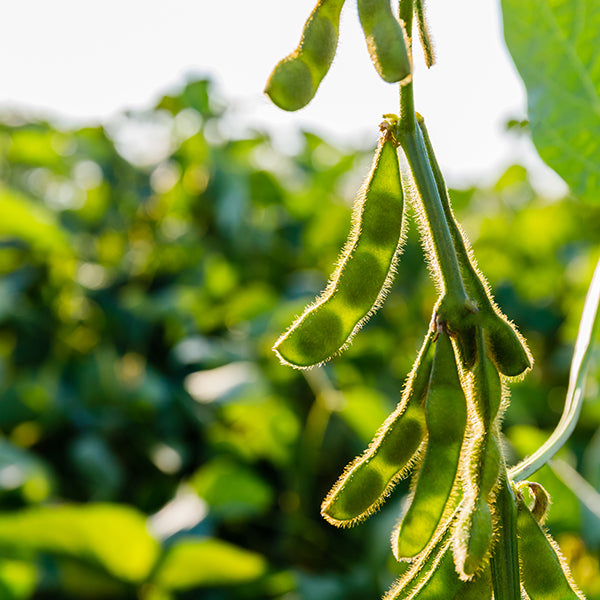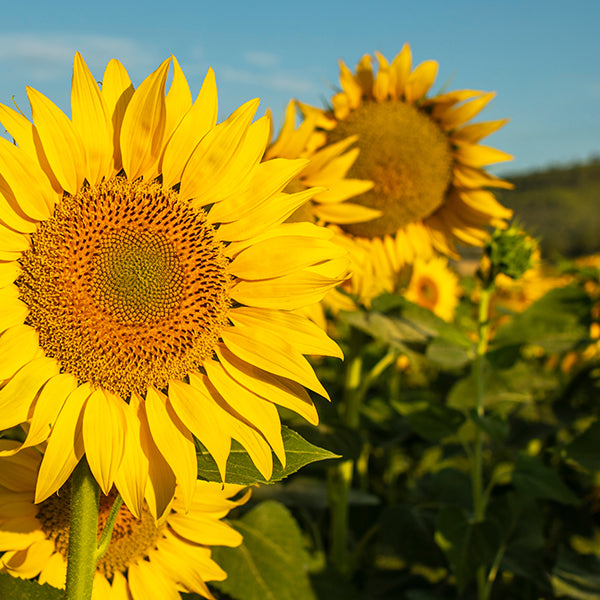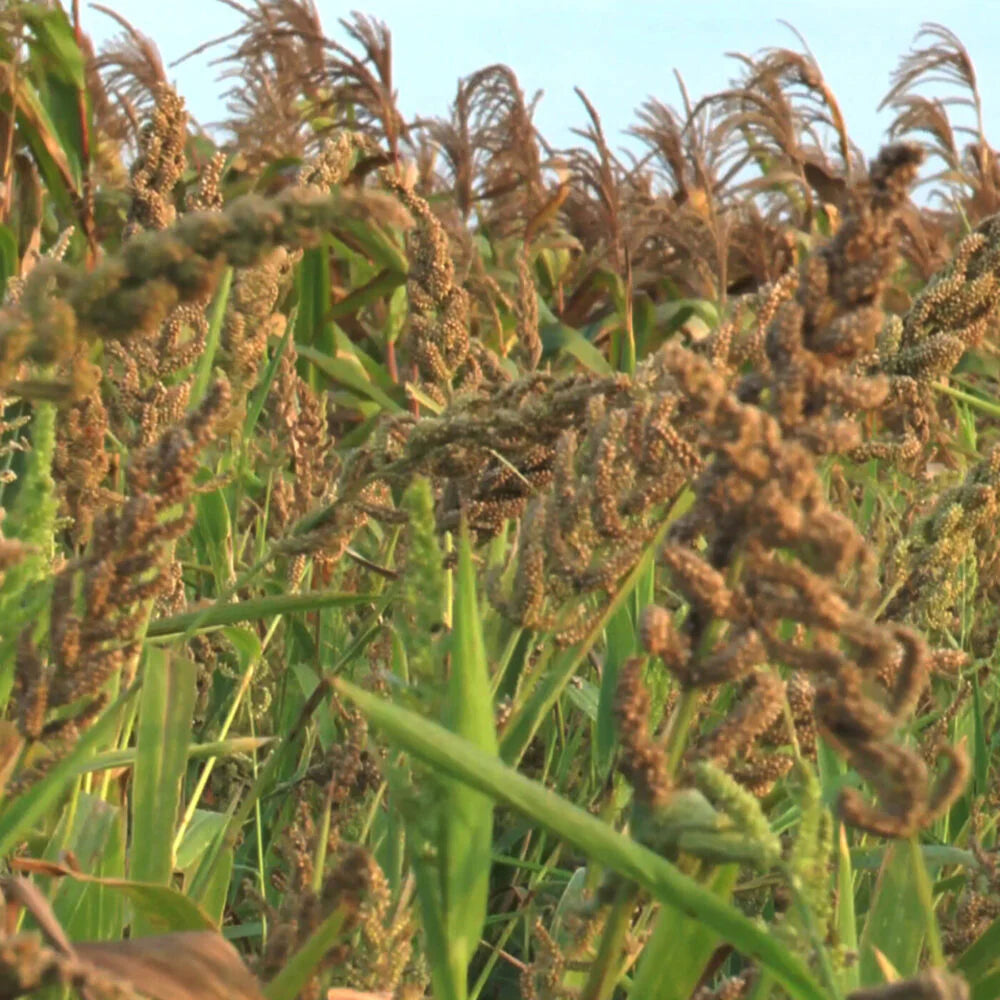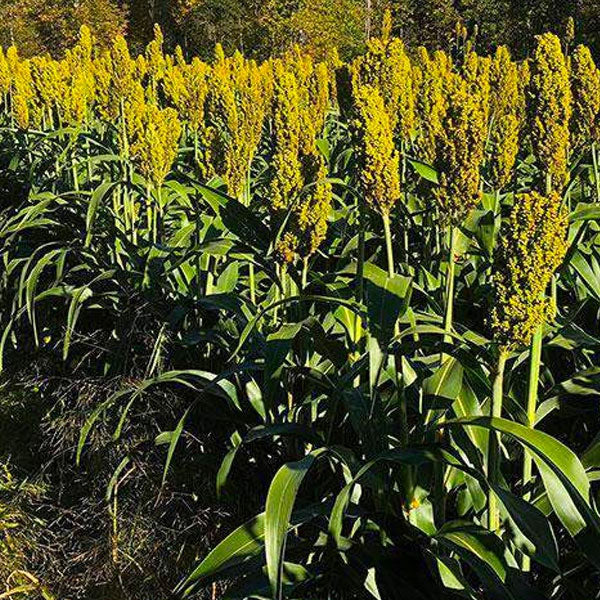VELVET PLUS
High-Protein Summer Forage.
When bucks are pushing velvet and your herd demands more nutrition, Velvet Plus™ delivers. Engineered as a high-performance Spring/Summer blend, Velvet Plus™ combines WGF sorghum, sunflowers, cowpeas, soybeans, buckwheat, and browntop millet to create a powerhouse food plot that drives antler growth, muscle development, and herd health through the toughest heat of the year.
Every seed serves a purpose — legumes deliver protein for antler and body gains, grains add calorie-dense energy, and millet provides fast-growing attraction and cover. The result? A dense, diverse plot that feeds heavy, holds deer close, and builds soil for the seasons ahead.
Pack On The Inches.™
- Out of stock
Couldn't load pickup availability
Get More Out Of Your Plot
Why Hunters Plant Velvet Plus
High Protein Engine
Cowpeas + soybeans drive velvet antler growth and body condition.
Fast Cover & Weed Shade
Buckwheat + millet/sorghum throw a quick canopy to protect tender legumes.
Doe & Fawn Support
Nutrient-dense forage supports milk production and fawn growth.
Heat & Drought Tolerant
Summer-tough species keep producing through hot spells once established.
Browse Resilience
Legumes rebound; structure species help absorb pressure.
Soil Builder
Legumes fix nitrogen; buckwheat scavenges nutrients for richer soil over time.
The Blend
Cowpeas | Soybeans| Buckwheat | Sunflowers| Brown Top Millet| WGF Sorghum
A balanced warm-season mix tuned for protein, tonnage, and quick cover.
Cowpeas
Soybeans
WGF Sorghum
Buck Wheat
Peredovik Sunflowers
Brown Top Millet
Warm-Season Workhorse.™
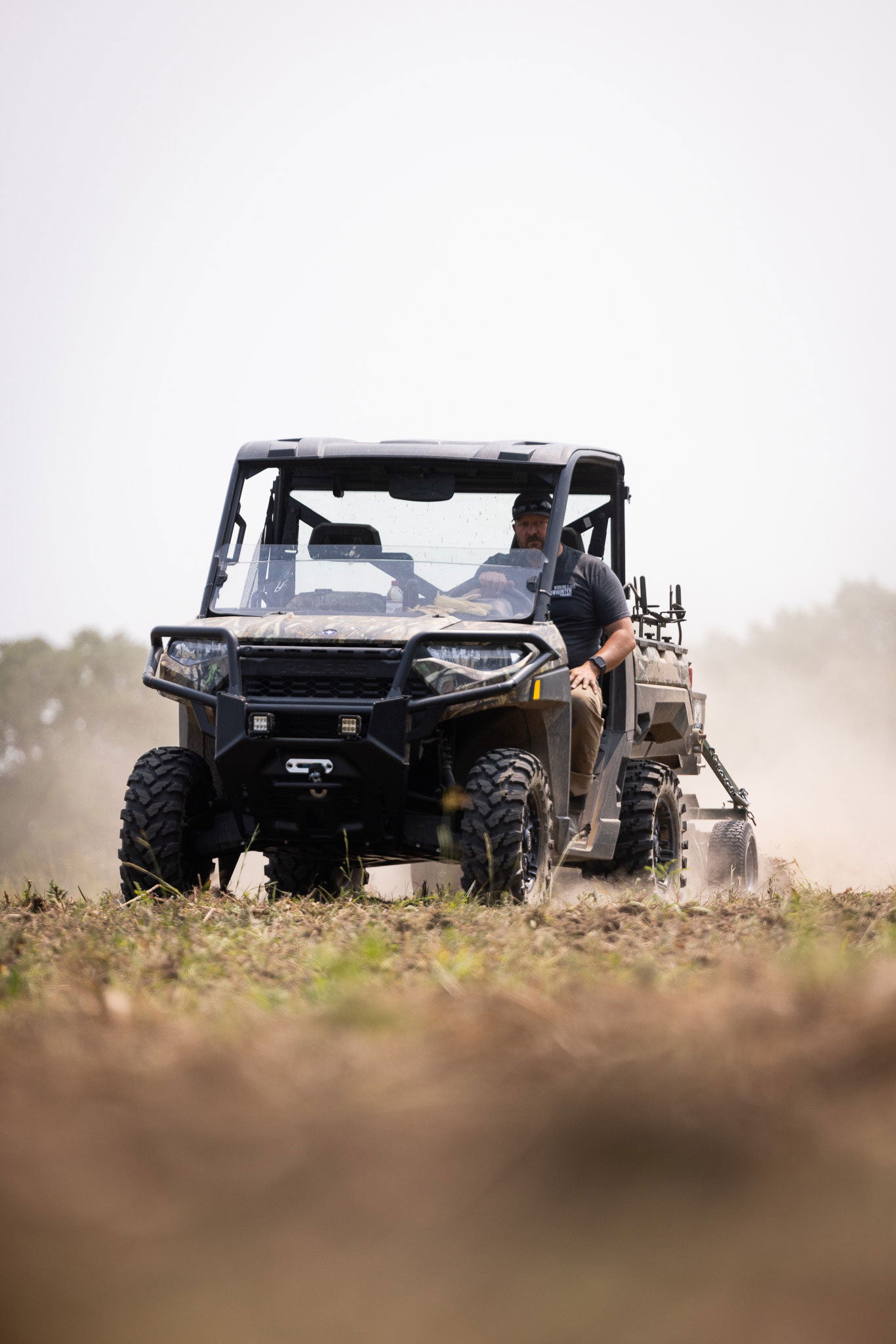
Planting Information
PREPARATION: Begin with a clean, level seed bed to ensure even distribution and maximize germination success. Remove all weeds and debris to minimize competition and promote excellent seed-to-soil contact.
SOIL TESTING & FERTILIZATION:
Perform a soil test to determine nutrient levels and pH. Lime to adjust pH to 6.0–7.0 as needed. Apply fertilizer according to soil test recommendations. For optimal performance, pair Velvet Plus™ with Fuel™ Cereal Grains, an enhanced fertilizer engineered for rapid root development, strong early growth, and nutrient-rich forage throughout the season.
SEED RATE:
Broadcasting on Prepared Seed Bed: ApplyVelvet Plus™ at a rate of40 lbs/acre.
No-Till Broadcasting:Increase the seeding rate by20–25% to ensure full coverage.
Drilling:Use a seed drill to plant Velvet Plus™ at a rate of20 lbs/ acre for best seed-to-soil contact and efficient establishment.
PLANTING DEPTH:
Sow seed at a depth of ¾" to 1". When broadcasting, use a drag or cultipacker to lightly cover and press seed into the soil for improved germination.
TIMING:
Plant Velvet Plus™ in spring or early summer when soil temperatures reach 60°F or above. Early planting supports optimal forage production during the antler-growing and fawning season.
MOISTURE:
Ensure the soil is adequately moist during planting. Supplement with irrigation if rainfall is limited. Consistent moisture is essential for uniform emergence and vigorous growth.
ADJUSTED PLANTING RATES BASED ON SEED PURITY & GERMINATION:
The recommended planting rates assume 100% Pure Live Seed (PLS) and 100% germination. However, actual seed purity and germination rates vary by lot and should be accounted for when determining the appropriate seeding rate. To find the adjusted planting rate, first multiply the PLS and germination percentages (both in decimal form), and then divide the label rate by that value. By adjusting for PLS and germ %, you ensure proper seed coverage and maximize your food plot’s success.

Rule: Always plant when soil ≥ 65°F and moisture is forecast.
- Zone 1 – Deep South / Gulf & Coastal:
March – June - Zone 2 – Lower Mid-South / Coastal Plains:
April – June - Zone 3 – Upper Mid-South / Lower Midwest:
Late April – June - Zone 4 – Midwest / Mid-Atlantic / Upper South:
May – June - Zone 5 – Central & High Plains / Western Midwest:
May – July - Zone 6 – Northern Plains / Upper Midwest / Pacific Northwest:
Late May – July
Frequently Asked Questions
How long will Velvet Plus™ Produce?
From establishment through early fall or until the first frost. Legumes keep feeding with adequate moisture.
Can I overseed a fall blend into it?
Yes — let Velvet Plus run, then overseed a fall plot nearby (or into residue after a timely mow/terminate) for seamless attraction.
Will deer wipe it out early?
It’s designed to handle pressure (structure + legumes), but acreage matters—follow the rates and plant enough acres for your herd.
Do I need nitrogen?
Yes. Velvet Plus™ includes N-hungry species (sorghum, millet, sunflowers, buckwheat). Apply fertilizer per soil test. If you don’t have one, use 40–60 lbs N/acre split: 20–30 lbs at planting (or just before) + 20–30 lbs at 3–4 weeks once the stand is established. Include recommended P & K. Avoid excessive N that can let grasses overtop legumes or cause lodging. Urea (with inhibitor) or ammonium sulfate are both good options. Fuel™ Cereal Grains Enhanced Fertilizer is also a great choice to use on this blend.
Why is my plot mostly sorghum now? Did you put too much in Velvet Plus™?
Short answer: No. Sorghum is a small part of the blend (used for structure and drought toughness). What’s likely happening is browse pressure—deer hammer the tender species first (cowpeas, soybeans, sunflowers, buckwheat), and what you see standing a month later is the less-preferred, tougher sorghum.
How to prevent it next time
- Plant enough acres for your deer density. As a rule, aim for ≥1 acre minimum; in high-pressure areas, 2–3+ acres or multiple plots.
- Use temporary fencing (hot wire/plot saver) for 3–4 weeks to let legumes establish.
- Follow rates and depth: peas/beans ~1–1¼", small seeds ¼–½"; start with a clean, firm seedbed.
- Split plantings (two passes 10–14 days apart) to spread browse.
- Fertilize correctly (see N/P&K guidance) and plant ahead of a rain for fast, even emergence.
If you’re seeing this now, you can overseed open gaps after a rain (or a light mow) and protect the area briefly to help new growth catch up.
What if weeds show up?
Start ultra clean. Post-emerge options are limited in a mixed screen—mechanical control (edge mowing/handwork) is best.

